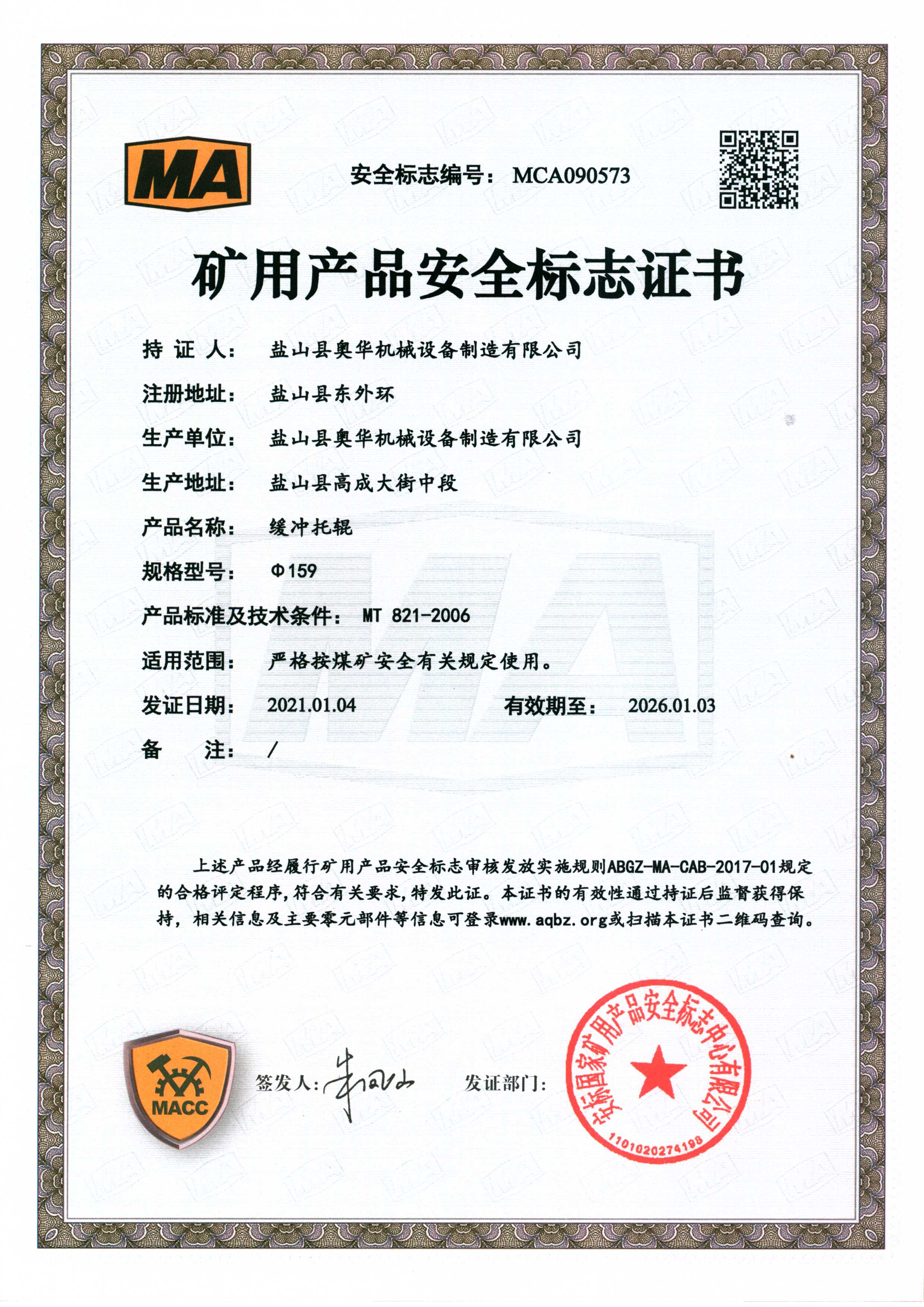 Afrikaans
Afrikaans  Albanian
Albanian  Amharic
Amharic  Arabic
Arabic  Armenian
Armenian  Azerbaijani
Azerbaijani  Basque
Basque  Belarusian
Belarusian  Bengali
Bengali  Bosnian
Bosnian  Bulgarian
Bulgarian  Catalan
Catalan  Cebuano
Cebuano  Corsican
Corsican  Croatian
Croatian  Czech
Czech  Danish
Danish  Dutch
Dutch  English
English  Esperanto
Esperanto  Estonian
Estonian  Finnish
Finnish  French
French  Frisian
Frisian  Galician
Galician  Georgian
Georgian  German
German  Greek
Greek  Gujarati
Gujarati  Haitian Creole
Haitian Creole  hausa
hausa  hawaiian
hawaiian  Hebrew
Hebrew  Hindi
Hindi  Miao
Miao  Hungarian
Hungarian  Icelandic
Icelandic  igbo
igbo  Indonesian
Indonesian  irish
irish  Italian
Italian  Japanese
Japanese  Javanese
Javanese  Kannada
Kannada  kazakh
kazakh  Khmer
Khmer  Rwandese
Rwandese  Korean
Korean  Kurdish
Kurdish  Kyrgyz
Kyrgyz  Lao
Lao  Latin
Latin  Latvian
Latvian  Lithuanian
Lithuanian  Luxembourgish
Luxembourgish  Macedonian
Macedonian  Malgashi
Malgashi  Malay
Malay  Malayalam
Malayalam  Maltese
Maltese  Maori
Maori  Marathi
Marathi  Mongolian
Mongolian  Myanmar
Myanmar  Nepali
Nepali  Norwegian
Norwegian  Norwegian
Norwegian  Occitan
Occitan  Pashto
Pashto  Persian
Persian  Polish
Polish  Portuguese
Portuguese  Punjabi
Punjabi  Romanian
Romanian  Russian
Russian  Samoan
Samoan  Scottish Gaelic
Scottish Gaelic  Serbian
Serbian  Sesotho
Sesotho  Shona
Shona  Sindhi
Sindhi  Sinhala
Sinhala  Slovak
Slovak  Slovenian
Slovenian  Somali
Somali  Spanish
Spanish  Sundanese
Sundanese  Swahili
Swahili  Swedish
Swedish  Tagalog
Tagalog  Tajik
Tajik  Tamil
Tamil  Tatar
Tatar  Telugu
Telugu  Thai
Thai  Turkish
Turkish  Turkmen
Turkmen  Ukrainian
Ukrainian  Urdu
Urdu  Uighur
Uighur  Uzbek
Uzbek  Vietnamese
Vietnamese  Welsh
Welsh  Bantu
Bantu  Yiddish
Yiddish  Yoruba
Yoruba  Zulu
Zulu Optimizing Tail Pulley Take-Up Mechanisms for Efficient Conveyor Systems
Understanding Tail Pulley Take-Up Systems
In the world of conveyor systems, the tail pulley and its take-up mechanism play a critical role in ensuring efficient operation and longevity of the equipment. The tail pulley is located at the end of the conveyor belt and is pivotal for creating tension in the belt, which is essential for its effective functioning. This article will explore the significance of tail pulleys and the various aspects of their take-up systems.
What is a Tail Pulley?
The tail pulley serves multiple functions in a conveyor setup. Primarily, it provides a means of redirecting the belt from horizontal to vertical movement or vice versa. Its primary role is to maintain the proper tension in the conveyor belt, which helps prevent slippage and ensures that the material is transported smoothly from one point to another.
Importance of Take-Up Systems
Take-up systems are integral to the functionality of tail pulleys. They are designed to adjust the tension of the conveyor belt as it wears, stretches, or is subjected to environmental changes. This adjustment is crucial because a properly tensioned belt minimizes wear on both the belt and the machine components, thereby extending the life of the equipment.
Types of Take-Up Systems
tail pulley take up

There are primarily two types of take-up systems mechanical and hydraulic. Mechanical take-up systems typically use a weight or a tensioner to adjust the position of the tail pulley. These systems are straightforward and effective but may require more frequent manual adjustments, particularly in high-stress environments.
Hydraulic take-up systems are generally more sophisticated. They utilize hydraulic cylinders to apply tension to the belt automatically. This system can adapt to changes in belt length and tension more dynamically than a mechanical system, providing consistent performance with minimal operator intervention.
Operational Considerations
When designing or maintaining a conveyor system, it is crucial to consider the tail pulley and its take-up system. Factors such as the type of materials being conveyed, the length of the conveyor, and the operating environment can influence the choice of take-up system. Regular maintenance checks can help in identifying wear and tear in the system, ensuring optimal performance.
Moreover, safety is paramount. A malfunctioning take-up system can lead to catastrophic failures, including belt breakage or misalignment, which can pose risks to operators and downstream machinery. Therefore, investment in quality components and adherence to maintenance schedules is essential.
Conclusion
In conclusion, tail pulley take-up systems are vital components of conveyor systems. Understanding their function and importance can lead to better design choices, increased efficiency, and enhanced safety. Properly maintained tail pulleys and take-up systems can result in significant cost savings by minimizing downtime and prolonging the life of conveyor belts. As industries continue to evolve, keeping up with technological advancements in these systems will be essential for ensuring streamlined operations and competitive edge in the market.
-
Revolutionizing Conveyor Reliability with Advanced Rubber Lagging PulleysNewsJul.22,2025
-
Powering Precision and Durability with Expert Manufacturers of Conveyor ComponentsNewsJul.22,2025
-
Optimizing Conveyor Systems with Advanced Conveyor AccessoriesNewsJul.22,2025
-
Maximize Conveyor Efficiency with Quality Conveyor Idler PulleysNewsJul.22,2025
-
Future-Proof Your Conveyor System with High-Performance Polyurethane RollerNewsJul.22,2025
-
Driving Efficiency Forward with Quality Idlers and RollersNewsJul.22,2025





























